Real vs Fake: Which Wedding Flowers Look Better and Last Longer?
August 7, 2024
published on
filed under

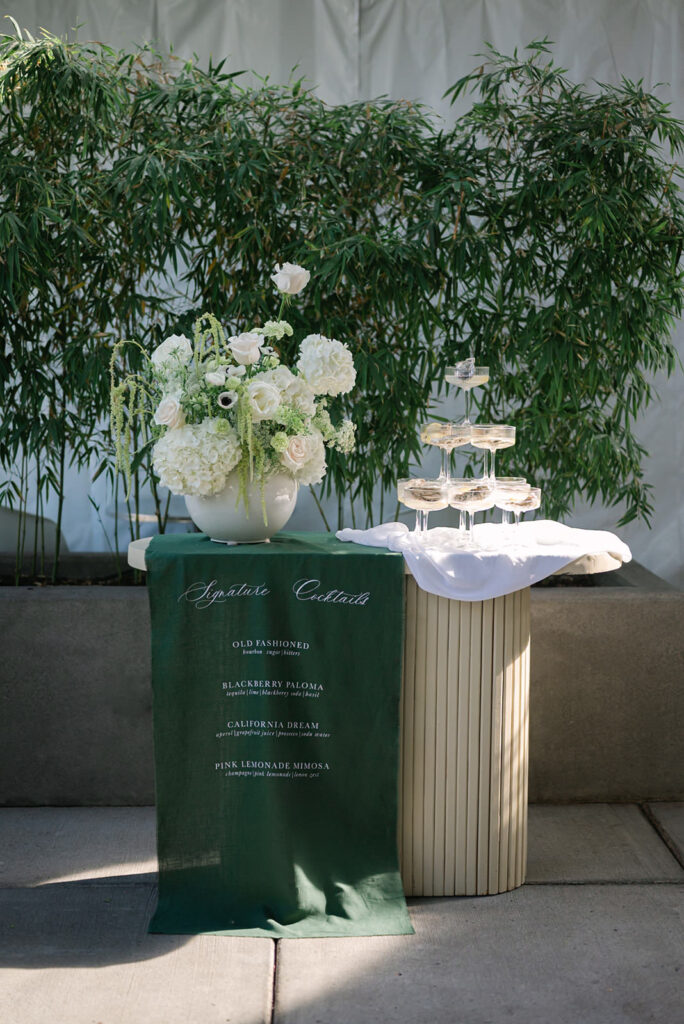
The Floral Centerpiece: Real vs Fake Flowers for Your Wedding
Wedding flowers are an integral part of any wedding celebration, setting the tone and ambiance for the joyous occasion. The choice between real and artificial blooms is a decision that carries both practical and sentimental considerations. This pivotal decision not only impacts the overall aesthetic but also has implications for the budget, longevity, and environmental footprint of your special day.
The floral arrangements at a wedding serve as a visual representation of the couple’s style and vision, creating a cohesive and harmonious atmosphere. Whether you opt for the timeless beauty of fresh, fragrant blossoms or the enduring allure of lifelike silk replicas, the decision should align with your personal preferences, venue, and overall wedding theme.
As you embark on this floral journey, it’s essential to weigh the pros and cons of each option, taking into account factors such as cost, convenience, and sustainability. By understanding the nuances of real and fake flowers, you can make an informed decision that aligns with your vision and ensures a truly unforgettable celebration.
Real Flowers: A Natural Beauty for Your Wedding
Real flowers are nature’s living masterpieces, adding vibrant colors, delicate textures, and captivating fragrances to your wedding day. These organic beauties come in an endless array of varieties, each with its unique charm and symbolism.
When it comes to real flowers for weddings, some of the most popular choices include:
- Roses: Timeless and romantic, roses are a classic wedding flower available in a rainbow of hues, from classic red and white to blush pink and sunny yellow.
- Peonies: With their lush, ruffled petals and intoxicating scent, peonies exude an air of luxury and elegance, making them a favorite for spring and early summer weddings.
- Hydrangeas: These full, fluffy blooms come in a variety of colors, from soft pastels to deep, rich tones, and their large, showy heads create stunning centerpieces and bouquets.
- Calla Lilies: Elegant and modern, calla lilies symbolize beauty and faithfulness, making them a meaningful choice for wedding floral arrangements.
One of the advantages of real flowers is their seasonality and availability. Certain blooms are only available during specific times of the year, adding a touch of exclusivity and freshness to your wedding decor. For example, peonies are typically in season from late spring to early summer, while dahlias shine in late summer and early fall.
Real vs. Fake Flowers: Understanding the Difference
Definition of Fake Flowers
Fake flowers, also known as artificial flowers or silk flowers, are man-made replicas of real flowers. They are designed to mimic the appearance of natural blooms but are crafted from various materials such as silk, plastic, fabric, or other synthetic fibers.
Materials Used for Fake Flowers
Silk Flowers
Silk flowers are among the most popular and realistic-looking artificial flowers. They are made from high-quality silk threads or synthetic fibers that are carefully dyed and shaped to resemble real petals, leaves, and stems. Silk flowers are known for their soft, natural-looking texture and vibrant colors.
Plastic Flowers
Plastic flowers are another common type of artificial flower. They are typically made from polyester, vinyl, or other synthetic materials. While plastic flowers can be less expensive than silk varieties, they may appear less realistic and have a more rigid or shiny appearance.
Other Materials
In addition to silk and plastic, artificial flowers can be made from a variety of other materials, including paper, cloth, foam, or even preserved natural elements like dried flowers or grasses. These materials offer different textures, appearances, and price points to suit various preferences and budgets.
Advantages of Fake Flowers
- Longevity: Fake flowers are designed to last for years without wilting, fading, or losing their shape, making them a long-lasting and cost-effective option.
- Low Maintenance: Unlike real flowers, artificial blooms do not require water, sunlight, or special care, making them convenient and hassle-free.
- Allergy-Friendly: Fake flowers are an excellent choice for those with pollen allergies or sensitivities, as they do not produce any allergens.
- Versatility: Artificial flowers come in a wide range of colors, shapes, and styles, allowing for greater creative freedom and customization options.
Disadvantages of Fake Flowers
- Lack of Natural Fragrance: One of the most significant drawbacks of fake flowers is their inability to replicate the natural scent of real blooms, which can be an important aspect of the floral experience for some.
- Potential for Unrealistic Appearance: While high-quality artificial flowers can look remarkably realistic, some lower-quality options may appear overly plastic or fake, detracting from the desired natural aesthetic.
- Environmental Impact: The production and disposal of artificial flowers can have a negative impact on the environment, particularly if they are made from non-biodegradable materials.
- Lack of Emotional Connection: For some, real flowers hold a deeper emotional significance and symbolism that artificial blooms may not be able to replicate fully.
Average Costs for Real and Fake Flowers
Real flowers can be quite expensive for a wedding, with costs varying based on several factors. On average, couples can expect to spend anywhere from $700 to $3,000 or more on fresh floral arrangements for their big day. The type of flowers chosen, the complexity of the arrangements, and the number of arrangements required all play a significant role in determining the final cost.
In contrast, high-quality artificial or silk flowers can be a more budget-friendly option. While the initial investment may be higher than real flowers, fake floral arrangements can be reused or resold after the wedding, ultimately saving money in the long run. Couples can expect to pay anywhere from $200 to $1,000 or more for artificial floral arrangements, depending on the quality and quantity desired.
One of the primary factors affecting the pricing of both real and fake flowers is the complexity of the arrangements. Intricate designs with a variety of flower types and embellishments will naturally cost more than simpler, more streamlined arrangements. Additionally, the popularity and availability of certain flower varieties can impact their cost, with rarer or out-of-season blooms commanding higher prices.
For those considering artificial flowers, the potential cost savings can be significant, especially for larger weddings or those with extensive floral decor. While the upfront cost may be higher, the ability to reuse or resell the arrangements can offset this initial investment, making fake flowers a more economical choice in the long run.
Visual and Sensory Appeal
Real flowers bring a natural, vibrant beauty to weddings that is hard to replicate. Their delicate petals, rich colors, and soft textures create a sensory experience that delights the eyes and invites guests to appreciate the simple elegance of nature. The gentle fragrance of fresh blooms wafts through the air, evoking cherished memories and setting a romantic ambiance. While high-quality silk flowers can mimic the appearance of real ones from a distance, they ultimately lack the depth, movement, and intricacy that make real flowers so captivating up close.
At the same time, modern fake flowers have come a long way in replicating the look and feel of their living counterparts. Skilled artisans craft remarkably lifelike stems, petals, and leaves using premium materials like silk, latex, and polyurethane. These artificial blooms can maintain their pristine appearance throughout the event, unaffected by wilting or shedding. For couples prioritizing a specific color scheme or hard-to-find varietals, fake flowers offer a versatile and consistent option.
Real Flowers vs. Fake Flowers: Lifespan and Preservation
Real Flowers
Real flowers are undeniably beautiful and add a touch of natural elegance to any wedding. However, their lifespan is relatively short, typically lasting only a few days to a week after being cut. To extend their beauty, you can take steps to preserve real flowers as cherished keepsakes from your special day.
One popular preservation technique is air-drying, which involves hanging the flowers upside down in a cool, dark, and well-ventilated area until they are completely dried out. This process can take several weeks, but it retains the natural shape and color of the flowers. Another option is pressing the flowers, which flattens them between absorbent materials and preserves their delicate details.
For those seeking a more long-lasting solution, professional freeze-drying or silica gel drying services can preserve real flowers for years while maintaining their three-dimensional form and vibrant colors. These methods, however, can be more expensive than traditional air-drying or pressing.
Fake Flowers
Fake or artificial flowers offer a practical alternative for those seeking long-lasting floral arrangements for their wedding. Made from various materials like silk, plastic, or foam, these flowers are designed to mimic the appearance of real blooms while offering superior durability and longevity.
Unlike real flowers, fake flowers can last indefinitely with proper care and storage. They are not susceptible to wilting, shedding petals, or discoloration over time, making them a cost-effective choice for brides who want to keep their bouquets and centerpieces as mementos for years to come.
While fake flowers may lack the natural fragrance and texture of real blooms, modern manufacturing techniques have significantly improved their realistic appearance. High-quality silk or foam flowers can be almost indistinguishable from their natural counterparts, offering a beautiful and long-lasting alternative for weddings.
Real Flowers vs. Fake Flowers: The Sustainability Factor
When it comes to weddings, the choice between real flowers and fake flowers has implications beyond just aesthetics. The environmental impact of these options is an important consideration for eco-conscious couples.
Real flowers, being natural and biodegradable, have a lower carbon footprint compared to fake flowers, which are typically made from plastic or silk. The production, transportation, and disposal of fake flowers contribute to greenhouse gas emissions and plastic waste. On the other hand, real flowers can be locally sourced, reducing their carbon footprint from transportation.
However, the cultivation of real flowers also has its own environmental impacts. Large-scale flower farming often involves the use of pesticides, which can harm local ecosystems and biodiversity. Additionally, the water consumption required for flower production can be significant, particularly in water-scarce regions.
Ethical considerations also come into play. Many real flowers are imported from developing countries, where labor practices and working conditions may be questionable. Fake flowers, while often produced in factories with better labor standards, can still contribute to unethical practices in their supply chain.
Ultimately, the most sustainable choice may lie in opting for locally grown, organic real flowers or seeking out eco-friendly alternatives like dried flowers, potted plants, or even edible arrangements. By considering the environmental and ethical implications of their floral choices, couples can make more informed decisions that align with their values and contribute to a more sustainable future.
Customization and Personalization
Real flowers offer unparalleled ability for customization and personalization. With an extensive variety of fresh blooms available, you can create truly unique floral designs that reflect your personal style and wedding theme. Each petal, color, and arrangement can be meticulously crafted to complement your vision. From cascading bouquets to elaborate centerpieces, real flowers allow for limitless creativity and individuality.
In contrast, while fake flowers have come a long way in terms of realism, their options for customization are more restricted. Most artificial arrangements come pre-designed, limiting your ability to mix and match different varieties or create bespoke designs. However, some high-end silk flower suppliers offer the possibility of customizing arrangements, albeit at a premium cost.
Real vs Fake Flowers: Allergy Considerations
Real flowers can trigger allergic reactions in some individuals due to the pollen and fragrances they release. For those with pollen allergies, being surrounded by fresh blooms at a wedding can lead to sneezing, itchy eyes, and other unpleasant symptoms. Even individuals without diagnosed allergies may experience mild irritation or discomfort from the strong floral scents.
On the other hand, high-quality artificial flowers are generally hypoallergenic, making them a safer option for couples and guests with allergies or sensitivities. Fake flowers are crafted from materials like silk, plastic, or foam, which do not produce pollen or release fragrances. This can provide a worry-free experience for allergy sufferers, allowing them to enjoy the beauty of the floral arrangements without any adverse reactions.
Ease of Setup and Handling
Real Flowers
Setting up real flowers for a wedding can be a labor-intensive process. Flowers need to be carefully handled, arranged, and often transported from the supplier or florist to the venue. This requires a dedicated team of professionals or experienced helpers to ensure the delicate blooms arrive in pristine condition.
Real flowers also have a limited window of freshness, typically lasting only a few days after being cut. This means the setup process needs to be timed perfectly, with flowers often being delivered and arranged just a day or two before the event. Proper storage and temperature control are crucial to preserving the flowers’ beauty until the big day.
Fake Flowers
In contrast, setting up with fake or silk flowers is generally a more straightforward and flexible process. Artificial blooms can be arranged well in advance, allowing for more leisurely preparation and reducing last-minute stress. They are also much more durable and can withstand transportation and handling without the same level of care required for real flowers.
Fake flowers can be easily stored and transported, making them a convenient option for destination weddings or events where logistics may be challenging. They don’t require special temperature or humidity controls, simplifying the setup process and reducing the need for on-site staff or professionals.
Overall, while real flowers offer an unmatched natural beauty, fake flowers provide a level of convenience and ease that can be appealing, especially for those with limited resources or complex logistical considerations.
The Cultural Significance of Real Flowers in Weddings
Real flowers hold deep cultural and symbolic meaning in many wedding traditions around the world. In some cultures, specific flowers are chosen for their representation of love, fertility, and new beginnings. For example, in Hindu weddings, the fragrant jasmine flower is revered for its association with purity and divine love.
In other traditions, the choice of real flowers is closely tied to the season and regional availability, reflecting the natural cycle of life and the couple’s connection to their local environment. Real flowers can also carry personal significance, perhaps reminding the couple of a cherished memory or a beloved family member.
While fake flowers offer convenience and longevity, some couples may feel that they lack the authentic beauty, scent, and symbolic weight of real blooms. For those deeply rooted in cultural or family traditions, the use of real flowers can be an essential element in honoring their heritage and creating a truly meaningful ceremony.
Current Trends and Future Outlook
Real Flowers
The use of fresh, real flowers at weddings remains a timeless and popular choice. There is an undeniable charm and beauty in the natural elegance of blooms, each petal unique and delicately unfolding. Real flowers bring a sense of romance, fragrance, and organic beauty that is difficult to replicate artificially. Many couples still view real flowers as an essential element in creating a dreamy, romantic atmosphere for their special day.
However, there are signs that the demand for real flowers may be gradually shifting. Factors such as cost, environmental concerns, and the increasing availability of high-quality artificial alternatives are influencing some couples’ decisions. As sustainability becomes a more significant consideration, some are opting for locally sourced, seasonal blooms to reduce their carbon footprint.
Fake Flowers
Artificial flowers have come a long way in recent years, with advancements in materials and craftsmanship making them almost indistinguishable from the real thing. Their durability, consistent appearance, and often lower cost have made them an attractive option for many couples planning their weddings.
The trend towards personalization and unique wedding themes has also played a role in the growing popularity of fake flowers. Artificial blooms can be customized in colors, shapes, and arrangements that may be challenging or impossible to achieve with real flowers. This flexibility allows couples to create truly one-of-a-kind floral designs that perfectly complement their vision.
Looking ahead, it’s likely that the demand for artificial flowers will continue to rise, driven by their practicality, affordability, and the increasing emphasis on sustainability in the wedding industry. However, the allure of real flowers is unlikely to fade completely, as they offer an irreplaceable natural beauty and sensory experience that many couples will still cherish.
Choosing Between Real and Fake Flowers for Your Wedding
When it comes to wedding flowers, the choice between real and fake (silk or artificial) options is a personal one that depends on various factors. Real flowers offer the beauty and fragrance of nature, but they can be more expensive and have a shorter lifespan. Fake flowers, on the other hand, are more cost-effective, longer-lasting, and often easier to work with.
If you prioritize authenticity and the natural beauty of fresh blooms, real flowers may be the way to go. They add a touch of elegance and romance to your special day. However, keep in mind that real flowers require careful handling, transportation, and may have limited availability depending on the season.
Fake flowers have come a long way in terms of quality and realism. They can be a practical and budget-friendly option, especially if you plan to keep your floral arrangements as keepsakes or want to avoid potential allergies. Additionally, fake flowers can be customized to match your desired color scheme and style without worrying about seasonality or availability.
Ultimately, the decision between real and fake flowers should be based on your personal preferences, budget, and overall wedding vision. Consider factors such as the venue, theme, and your willingness to maintain fresh flowers throughout the day. Whether you choose the natural beauty of real blooms or the convenience and longevity of fake flowers, both options can create stunning and memorable floral displays for your special day.
Portland, OR Wedding Florists
If you’re searching for a florist in Portland, OR to assist with your wedding, consider reaching out to these recommended options in the area!
The world of weddings is constantly evolving, with couples looking to personalize their big day in innovative ways. From breathtaking decor to one-of-a-kind guest experiences, 2025 promises to bring new trends that are bold, sustainable, and tech-savvy. If you’re planning your wedding or helping clients bring their visions to life, these trends will inspire you […]
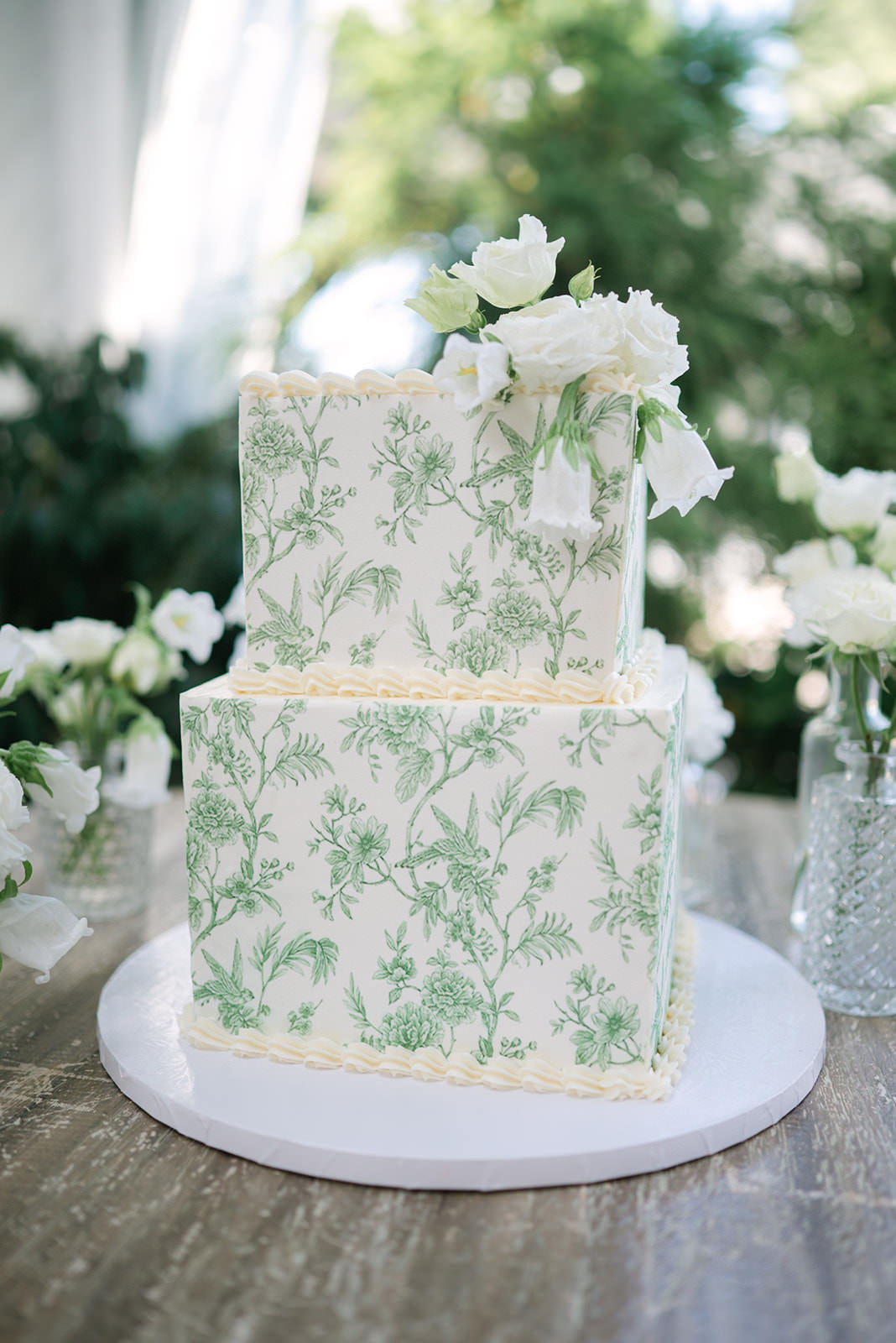
Starting your own wedding photography business can be an exhilarating adventure. It’s more than just taking pretty pictures; it’s about creating a brand that resonates, building a client experience like no other, and mastering the art of storytelling through images – your ultimate calling card in this competitive industry. But behind the scenes, success isn’t […]
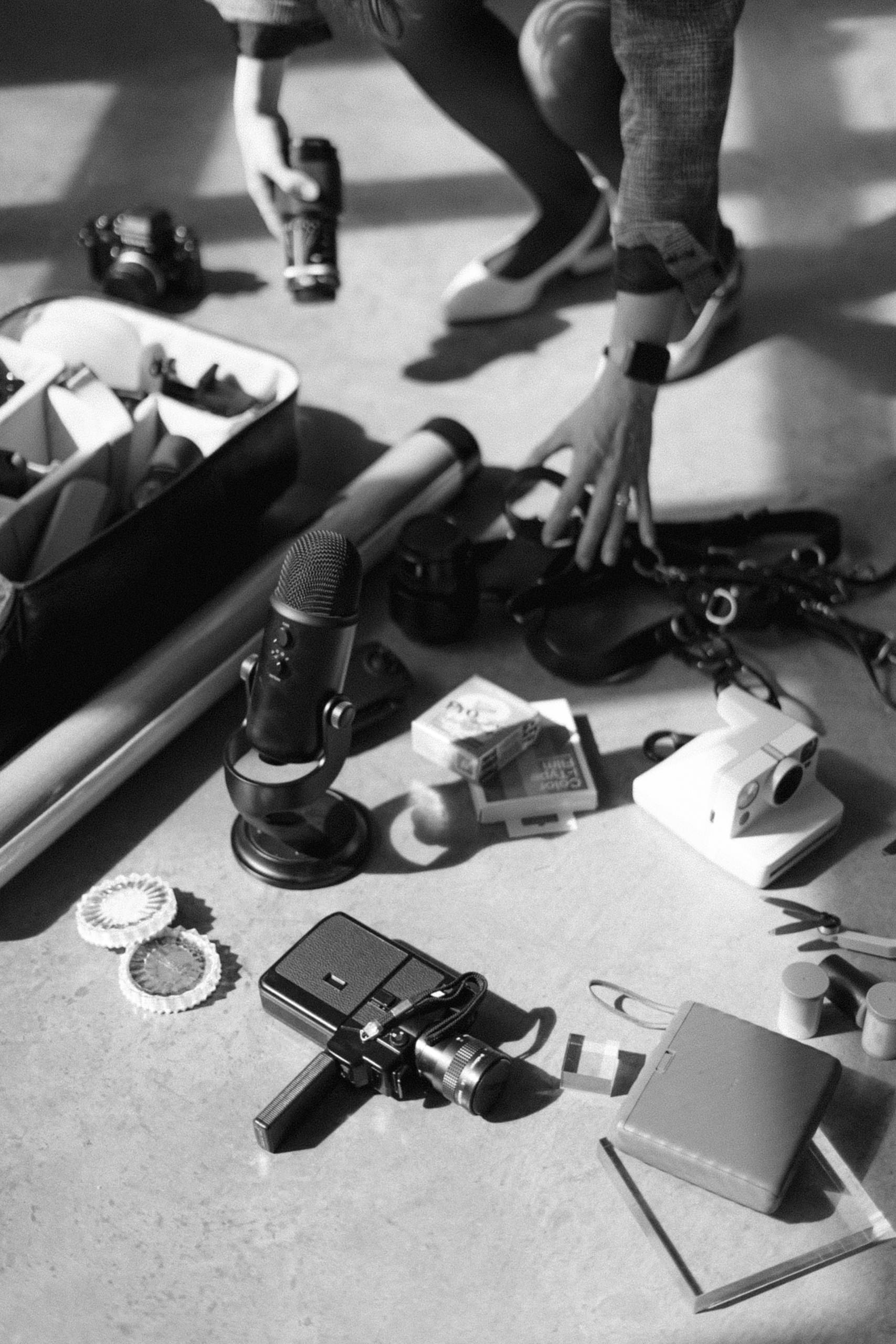
Planning your wedding is one of the most exciting adventures of your life, but it’s also packed with decisions. One decision you may not have considered yet? Booking an engagement photography session.
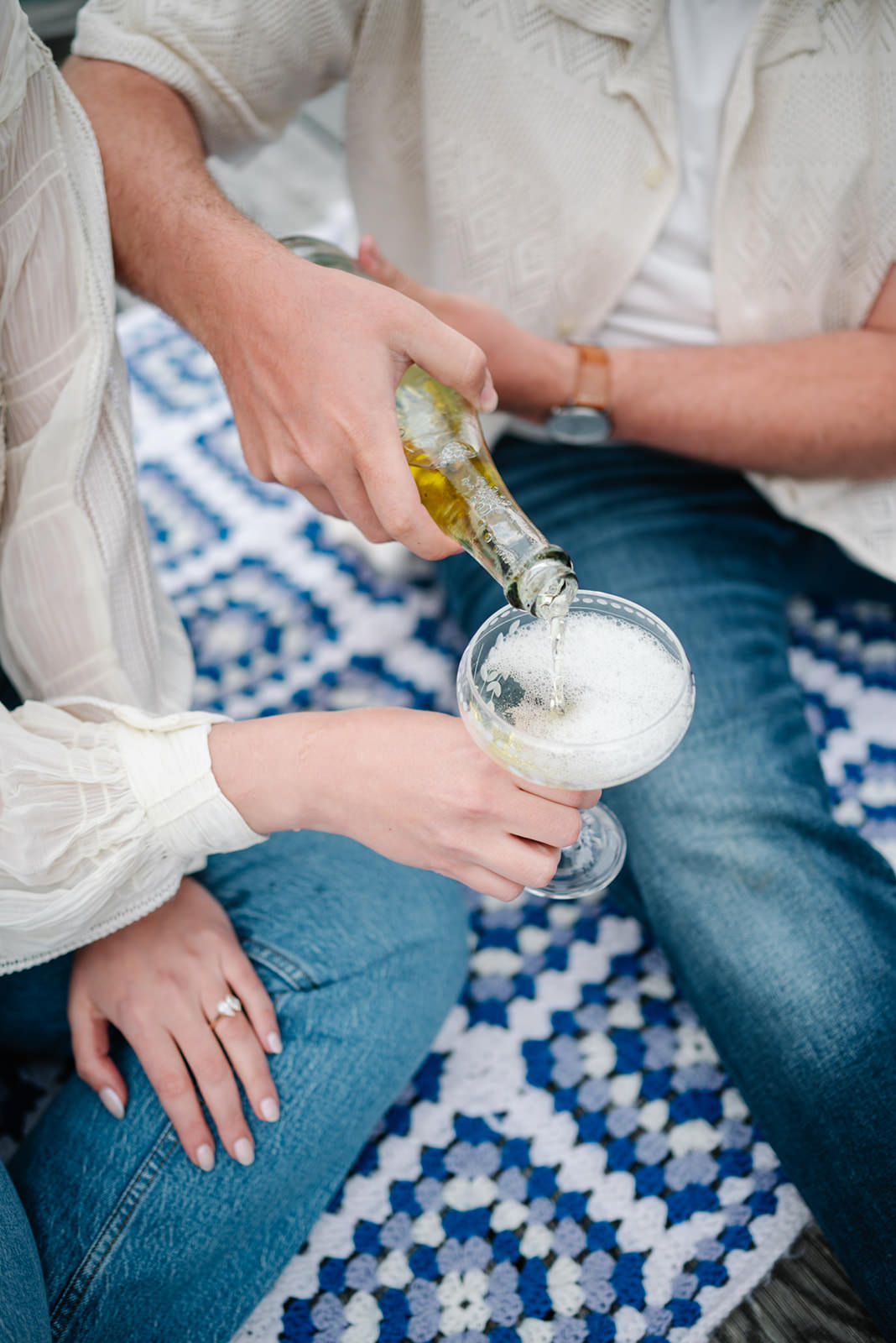
Planning a wedding is one of the most exciting times in your life. And if you’re dreaming of a destination wedding that combines breathtaking scenery, unique venues, and unforgettable experiences, Oregon should be at the top of your list. Known for its diverse landscapes and world-class wedding professionals, Oregon offers couples the ultimate setting to say “I do.”
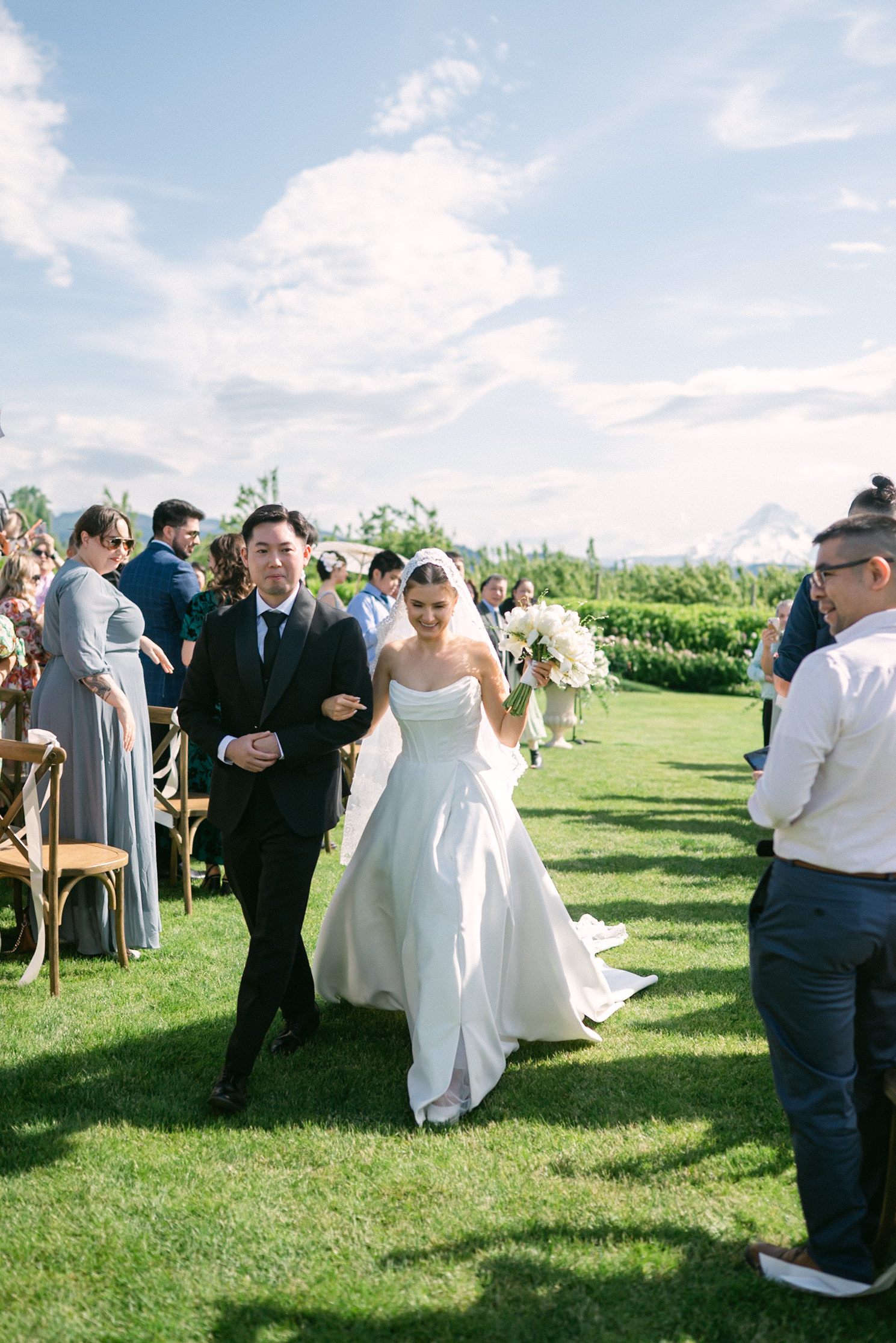
Portland, Oregon, is a city that feels like it was made for love. From its misty trails to its vibrant neighborhoods, every corner seems to offer the perfect backdrop for capturing the moments that define us. If you’re looking to document your engagement with stunning photos, Portland has plenty of options that blend romance, adventure, and character. Whether you’re locals ready to showcase your roots or visiting photographers in search of hidden gems, this city has something special for everyone.
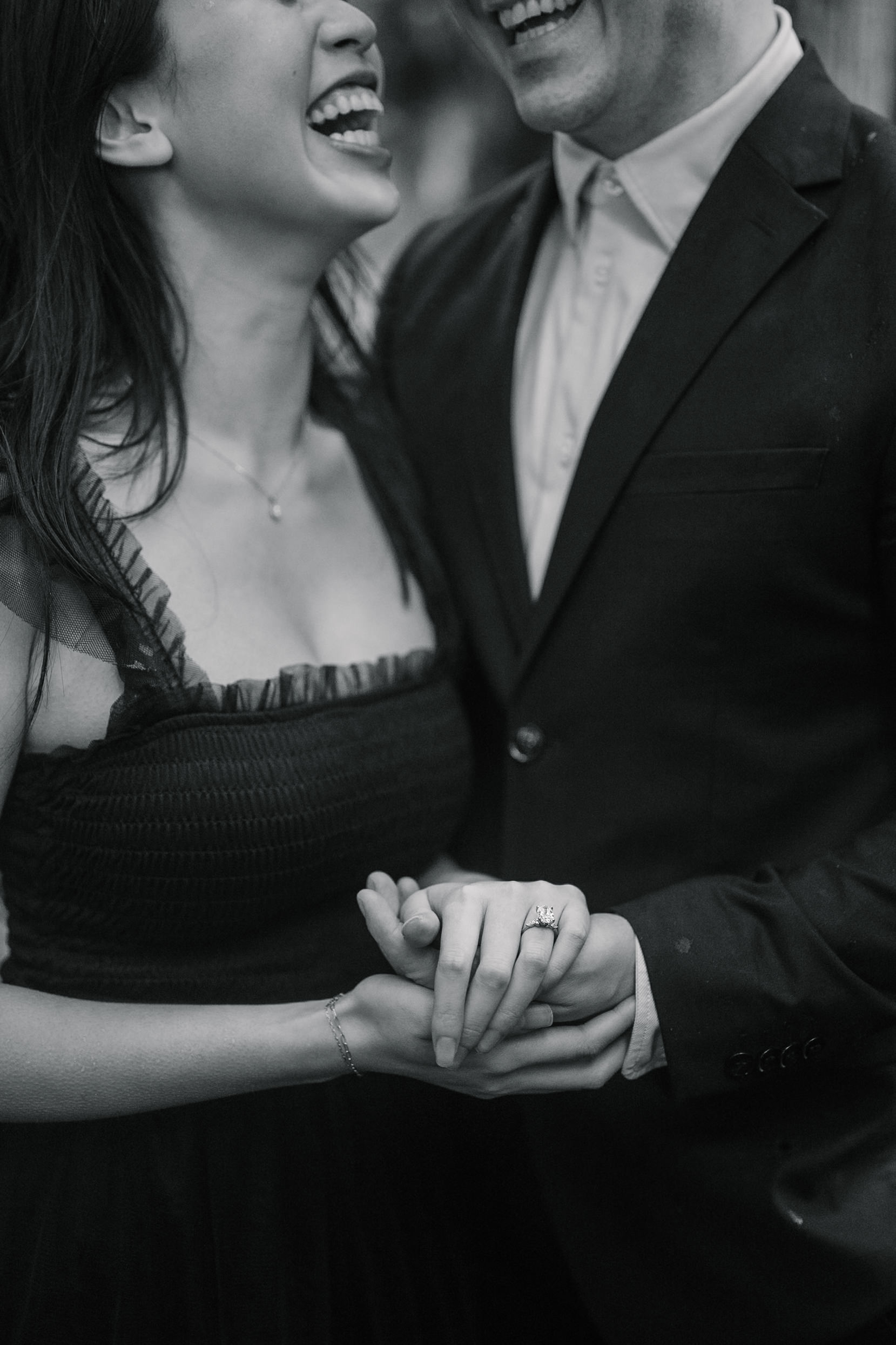
Your wedding day is one of the most cherished and memorable moments of your life. From the laughter-filled candids during the morning prep to the heartfelt emotions during your vows, these moments deserve to be preserved forever. Choosing the right wedding photographer is not just about beautiful photos—it’s about entrusting someone to capture your love story authentically.
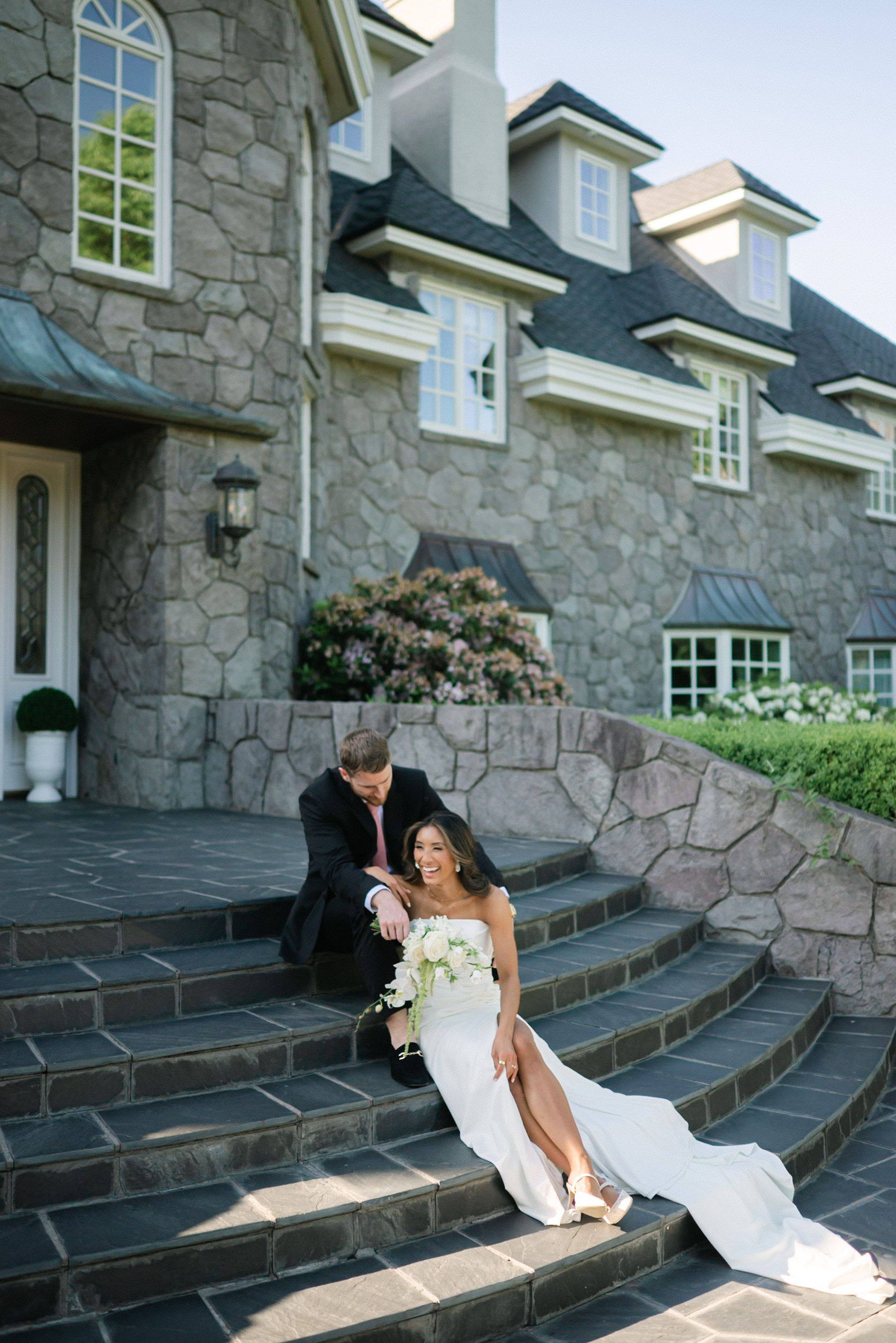
entries
popular
view the highlights
Creating artistic and visionary images — captivating hearts and minds globally.
my vision
Photography by Lauren Case
Showit Website Design by With Grace and Gold